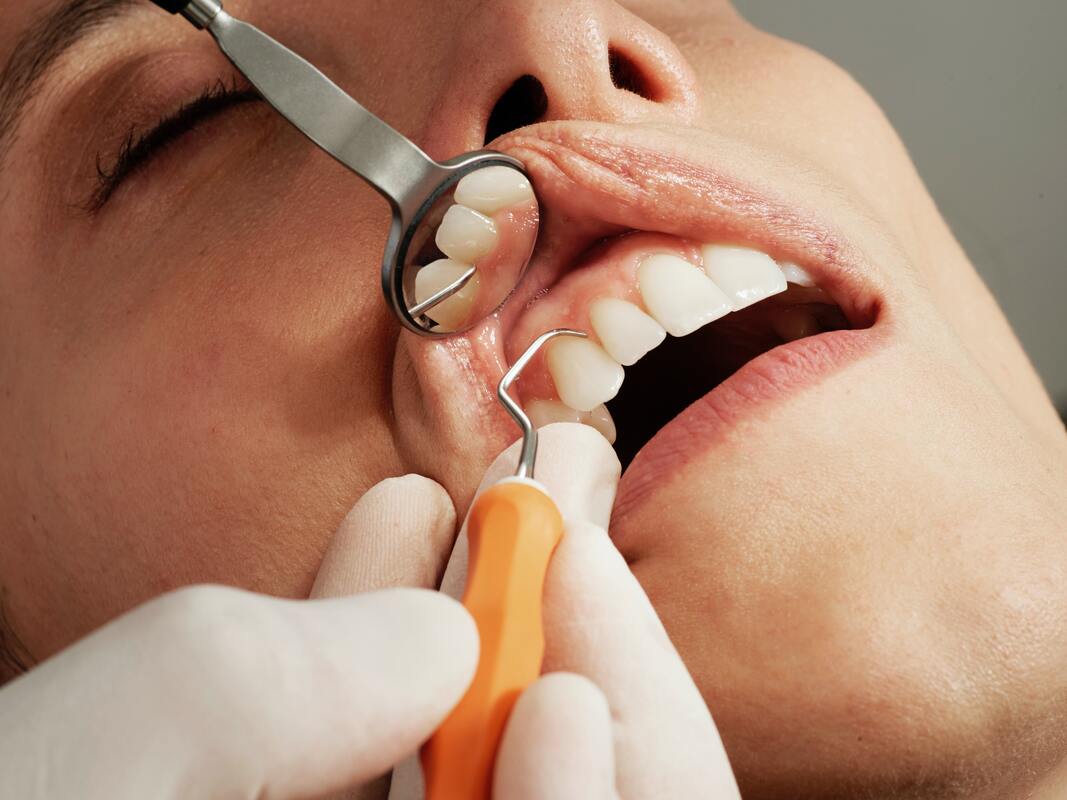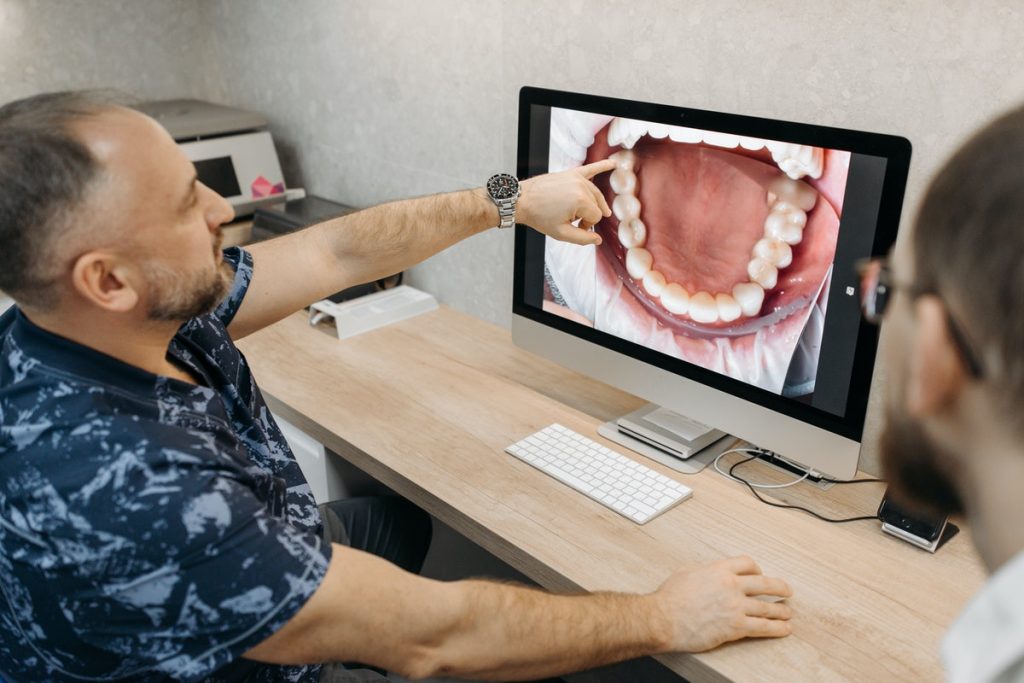Dentistry has made significant advances in recent years, including the use of technology, lasers, digital X-rays, and new materials and techniques. These developments have improved the accuracy, efficiency, and benefits of dental treatments. In addition, the potential use of stem cells and regenerative medicine could revolutionise the field in the future. It is important to stay informed about the latest developments in dentistry by your dentist in Ipswich.
The use of lasers and other advanced tools in dentistry
In dentistry, lasers are utilised to improve accuracy and efficiency in a range of procedures. These procedures may include cavity preparation, gum surgery, tooth whitening, and soft tissue removal. Laser technology allows for the precise removal of decay or excess tissue without damaging surrounding healthy tissue. It can also result in less bleeding and discomfort compared to traditional methods. In some cases, such as laser tooth whitening, the procedure may be completed in a single appointment and produce more dramatic results. Overall, the use of lasers in dental procedures allows for more precise, minimally invasive treatment with less bleeding and discomfort for the patient.
New materials and techniques for filling cavities, replacing missing teeth, and straightening crooked teeth

There has been significant progress in the field of dentistry in terms of new materials and techniques for filling cavities, replacing missing teeth, and straightening crooked teeth. Cavity fillings, for instance, used to be predominantly made of metal amalgam, but now composite resin is more commonly used. This tooth-coloured material can be matched to the individual’s natural shade of enamel and is more aesthetically pleasing. Dental implants, small titanium screws that act as a replacement for the root of the tooth, are another option for replacing missing teeth. They can be used to support a single crown, a bridge, or a full denture. In terms of orthodontic treatment, clear aligners such as Invisalign have gained popularity in recent years as an alternative to traditional metal braces. These aligners, made of a clear, plastic material, are almost invisible when worn and can be removed for eating and brushing. The development of these new materials and techniques has greatly improved the appearance and function of dental restorations and has made treatment more comfortable and convenient for patients.
The importance of dental surgeries being updated
It is important for dental clinics to stay up to date on the latest techniques, materials, and technologies in order to provide the best possible care to their patients. By investing in the latest equipment and training, dental clinics can offer a wider range of services and improve the accuracy and efficiency of treatment.
Keeping up on the latest techniques and technologies can also help dental clinics to reduce the risk of complications and errors during treatment. For example, using advanced imaging technology such as CT scans can help clinicians to better visualise the anatomy of the mouth and plan for treatment, reducing the risk of unforeseen complications.
In addition to improving patient care, being informed on the latest developments in dentistry can also help dental clinics to attract new patients and maintain a competitive edge in the market.
Overall, being on board with the latest innovations in dentistry is essential for providing good quality care to patients and for the success of a dental clinic.

